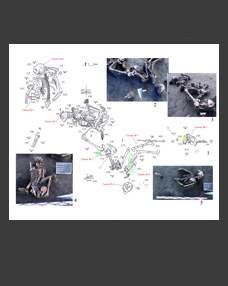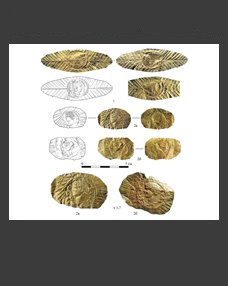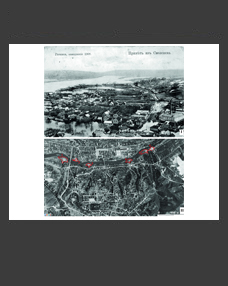Polina S. Ankushevaa,b, #, Maksim N. Ankushevb, Ivan A. Blinovb, Dmitry A. Artemyevb, Irina P. Alaevaa,c
aSouth Ural State Humanitarian Pedagogical University, Chelyabinsk, Russia
bSouth Ural Federal Research Centre for Mineralogy and Geoecology, Ural Branch RAS, Miass, Russia
cThe Institute of History and Archaeology, Ural branch RAS, Yekaterinburg, Russia
#E-mail: polenke@yandex.ru
Keywords: the Late Bronze Age, metal production, the Southern Trans-Urals, the Alakul culture, mine, slagged ceramics, metallurgical slag, crucible.
The article discusses the processes of Alakul metal production at the Vorovskaya Yama copper mine (Southern Trans-Urals, middle of the 2nd millennium BC). The study sources are the materials of the 2021 excavation site including ruined remains of heating facilities, metallurgical slag and slagged ceramics. The research employed optical and electron microscopy, XRF and LA-ICP-MS methods. It was established that technological operations at the deposit were not limited to the extraction of copper ore and its primary enrichment. In addition, metal was smelted from sulfide or oxidized-sulfide ores in the immediate vicinity of the mine entry; however, it was done outside the studied areas of the structures. Secondary remelting of copper and tin bronze products was performed in ceramic crucibles using heating facilities inside structures.
DOI: 10.31857/S0869606323030042, EDN: PUBMKG







